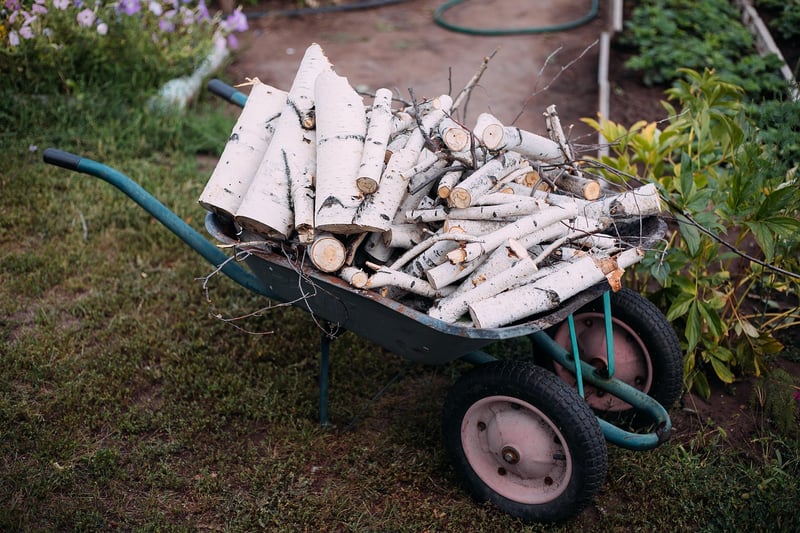Preventive Measures
Protecting Your Plants: Preventive Measures
Keeping your plants healthy and thriving involves more than just watering and fertilizing. Protecting them from pests, diseases, and harsh weather conditions is essential to ensure their growth and longevity. By taking preventive measures, you can safeguard your plants and create a thriving garden. Here are some tips to help you protect your plants effectively:
1. Choose Resilient Plant Varieties
Start by selecting plant varieties that are known for their resistance to common pests and diseases in your area. Resilient plants are more likely to withstand attacks and thrive in challenging conditions.
2. Maintain Good Planting Practices
Plant your garden in well-draining soil and provide adequate spacing between plants to promote airflow and reduce the risk of disease. Proper planting practices help plants establish strong roots and resist stress.
3. Regularly Inspect Your Plants
Monitor your plants frequently for any signs of pest infestations, diseases, or nutrient deficiencies. Early detection allows you to take action promptly and prevent further damage.
4. Practice Proper Watering Techniques
Avoid overwatering or underwatering your plants, as both conditions can weaken their defenses against pests and diseases. Water plants at the base to keep foliage dry and reduce the risk of fungal infections.
5. Use Organic Pest Control Methods
Implement natural pest control methods such as handpicking pests, using insecticidal soaps, or introducing beneficial insects to your garden. Avoid harsh chemicals that can harm beneficial organisms and pollinators.
6. Mulch and Weed Regularly
Apply mulch around your plants to suppress weeds, retain moisture, and regulate soil temperature. Weeds compete with plants for nutrients and water, so keeping them in check is essential for plant health.
7. Provide Adequate Nutrients
Feed your plants with balanced fertilizers to support their growth and strengthen their immune systems. Nutrient-deficient plants are more susceptible to diseases and pest attacks.
8. Protect Plants from Extreme Weather
Shield your plants from extreme temperatures, strong winds, and heavy rainfall by using row covers, shade cloth, or windbreaks. Creating a microclimate can help plants thrive in adverse conditions.
By following these preventive measures and staying proactive in your plant care routine, you can protect your garden from potential threats and enjoy healthy, vibrant plants year-round.

Remember, prevention is key when it comes to plant protection. With proper care and attention, your plants will flourish and bring beauty to your outdoor space.
References:
University of Minnesota Extension - Protecting Plants from Harmful Insects, Pests, and Diseases
Michigan State University Extension - Protecting Plants from Freezing Damage
